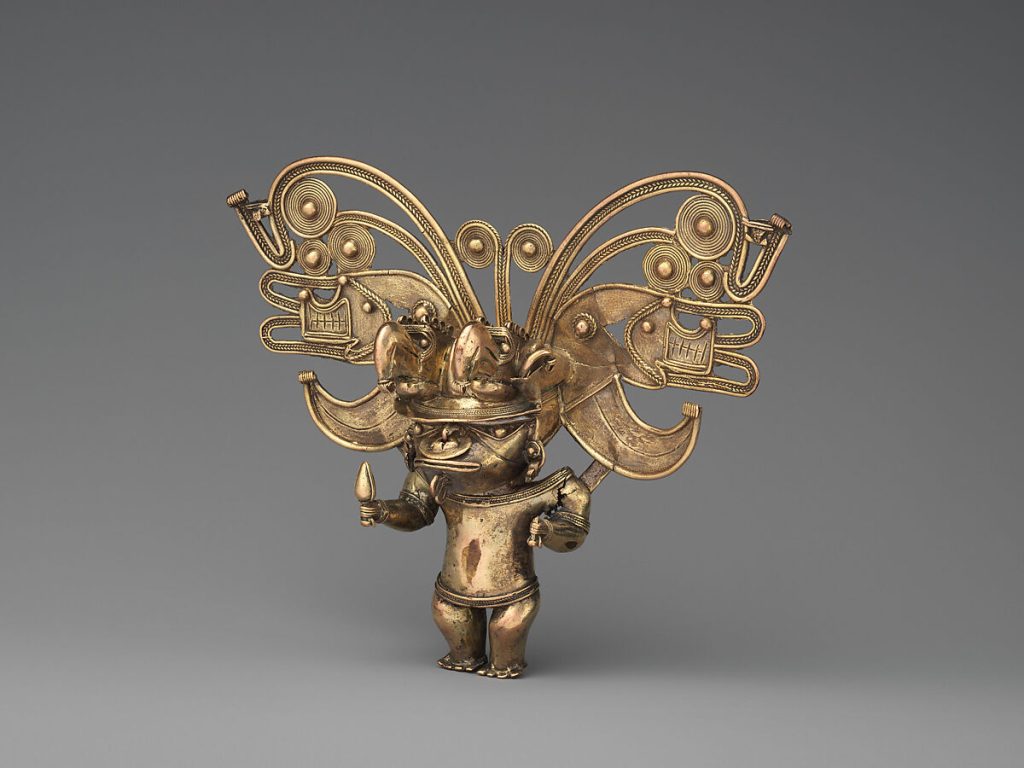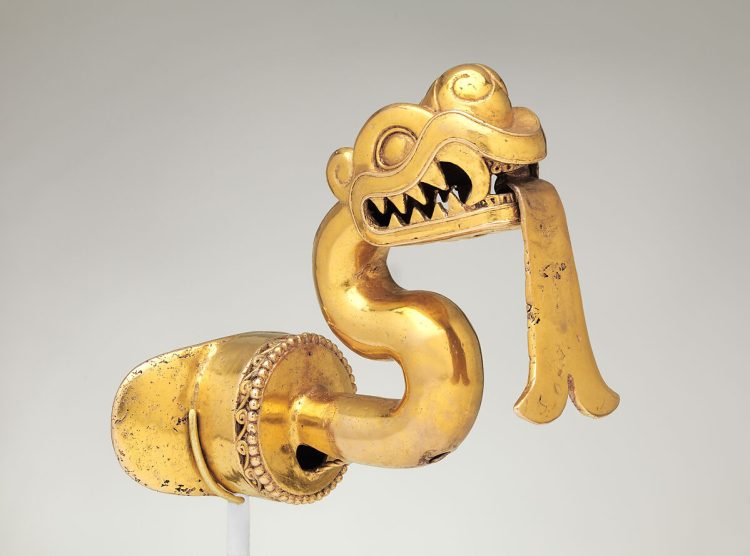How Gold Jewelry Evolved from a Luxury Item to a Financial Asset
Gold jewelry has long been admired for its beauty, craftsmanship, and symbolic meaning across cultures and centuries. In ancient civilizations like Egypt, Mesopotamia, and the Indus Valley, gold jewelry was primarily a mark of wealth, divine favor, and social status. Kings, queens, and high-ranking officials adorned themselves with elaborate gold pieces, which were often buried with them to signify their importance even in the afterlife. In these early societies, gold’s intrinsic value was recognized, but its primary purpose remained ornamental and ceremonial rather than financial. Over time, as trade routes expanded and monetary systems developed, the inherent value of gold began to intertwine with its physical beauty. During the Roman Empire, gold jewelry not only signified prestige but also began to function as a store of value, with wealthy citizens using jewelry to transport and safeguard their wealth across volatile political landscapes. The medieval period further reinforced gold jewelry’s dual role. While still a luxury, it became increasingly common for jewelry to serve as collateral in financial transactions or as a medium of exchange in times of economic turmoil.
The Renaissance period, with its flourishing trade and banking systems, saw the emergence of goldsmiths who functioned not just as artisans but also as early bankers, holding deposits of gold and issuing promissory notes. Gold jewelry, by extension, became recognized as a form of wealth storage and an informal asset class. The Industrial Revolution and the rise of the middle class in the 19th century expanded access to gold jewelry, yet it was the 20th century, particularly after the abandonment of the gold standard, that solidified gold jewelry’s role as an investment vehicle. As currencies fluctuated and inflation eroded savings, consumers increasingly turned to tangible assets like gold jewelry not just for adornment, but for financial security. Today, gold jewelry continues to evolve, balancing its traditional allure with strategic investment potential, especially in regions like India and China where it is deeply woven into both cultural and economic fabric.
Historical Price Trends and Their Impact on Investment Strategies
Understanding the historical price trends of gold jewelry is crucial to appreciating how it has transitioned from pure luxury to a recognized investment class. In the pre-1971 era, when the gold standard fixed gold prices, jewelry prices were relatively stable, with variations largely attributable to design complexity and artisanal labor rather than fluctuations in gold’s intrinsic value. However, after President Nixon ended the direct convertibility of the US dollar to gold, gold became a freely traded commodity, subject to market forces. This shift introduced a new era of volatility and opportunity. The 1970s witnessed an unprecedented surge in gold prices, driven by inflation, geopolitical instability, and a crisis of confidence in fiat currencies. Gold soared from $35 per ounce to over $800 by 1980, profoundly impacting gold jewelry prices and turning what had traditionally been viewed as decorative items into valuable, appreciating assets.

During this time, strategic investors and consumers began to recognize that purchasing high-karat, heavy gold jewelry could serve not just as adornment but also as a hedge against inflation and currency devaluation. Jewelry purchasing patterns shifted accordingly, with an emphasis on gold purity and weight. The 1980s and 1990s saw a stabilization of gold prices, and investment strategies around gold jewelry evolved to focus more on design and brand value. Iconic pieces from luxury brands like Cartier, Tiffany & Co., and Bulgari appreciated significantly, highlighting the emergence of branded jewelry as a subcategory within the gold investment universe.
The 2008 global financial crisis reignited gold’s appeal as a safe haven, leading to another boom in gold prices and, by extension, gold jewelry values. Consumers once again turned to gold jewelry not only for personal enjoyment but also as a strategic asset that could be liquidated if necessary. Investment strategies adapted to prioritize pieces that combined aesthetic appeal with high intrinsic gold content, ensuring both emotional and financial returns. More recently, the 2020 pandemic and ensuing economic uncertainties further cemented the role of gold jewelry as an accessible investment. Amid volatile stock markets and low interest rates, gold jewelry served as a tangible, portable, and relatively stable store of value. Historical price trends thus reveal a clear pattern: during times of economic distress, gold jewelry transitions from luxury to necessity in investment portfolios.
What the Future Holds for Gold Jewelry as a Marketable Investment
Looking ahead, gold jewelry’s future as a marketable investment appears robust, but it will likely evolve in response to shifting economic, technological, and consumer landscapes. Several trends suggest that gold jewelry will increasingly be positioned not just as a luxury good, but as a strategic financial asset for both individuals and institutional investors. First, macroeconomic factors such as persistent inflation concerns, currency devaluations, and geopolitical tensions are expected to support high gold prices through 2025 and beyond. This environment enhances the attractiveness of gold jewelry, particularly investment-grade pieces featuring high-karat purity and timeless designs. Consumers will likely seek jewelry that not only complements their style but also retains or appreciates in value over time.
Second, technology is transforming the way investors interact with gold jewelry. Platforms offering digital gold, blockchain-based certification, and authenticated resale markets are making it easier to buy, track, and liquidate jewelry investments with greater transparency and liquidity. Jewelry-backed lending services are also emerging, allowing owners to leverage their collections as collateral for loans, further blurring the line between adornment and financial asset. Third, sustainability and ethical sourcing are becoming critical considerations. Future investors may prioritize gold jewelry that meets environmental and social governance (ESG) criteria, recognizing that pieces with certified ethical sourcing could command higher resale values and stronger investment appeal.
Another major driver will be the continued rise of emerging markets. As disposable incomes grow in regions like Southeast Asia, Africa, and Latin America, demand for gold jewelry is set to expand significantly. In countries like India, where gold jewelry is both a cultural imperative and a financial safety net, investment demand will continue to underpin the market. Similarly, in China, the growing middle and upper classes are increasingly viewing high-end gold jewelry as an essential component of diversified wealth portfolios.
The investment landscape for gold jewelry will also be shaped by evolving consumer preferences. Younger generations are showing a preference for versatile, modular, and customizable jewelry pieces that can adapt to changing fashion and investment needs. As brands innovate to meet these demands, investment opportunities will broaden to include not just classic designs but also contemporary pieces that blend artistry with asset value. In conclusion, gold jewelry’s evolution from luxury adornment to financial asset is far from complete. Historical price trends underscore its resilience and strategic value during times of economic uncertainty. As the global economy faces new challenges and opportunities, gold jewelry is poised to solidify its role as a multifaceted investment—one that offers beauty, cultural resonance, and financial security in a single, gleaming form.



































